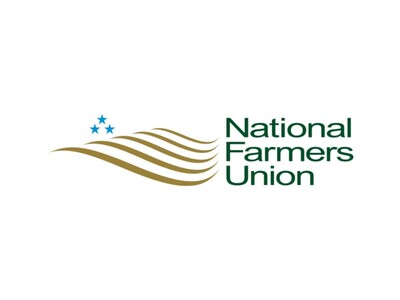Regionalized Supply of Protein and Fat

Tim Hammerich
News Reporter
Slim profit margins for many crops could prompt more growers to consider trying something new with some of their acreage. Naveen Sikka, founder and CEO of Terviva believes pongamia can be a great option in many areas. Not only is it a new source of oil and protein, but it’s adaptable to certain parts of the world, enabling a more regionalized supply chain.
Sikka… “Two things really jump out to me and they're all related to the fact that the production of terrestrial protein and oil is highly concentrated right now in the world. Soy is basically grown in two parts of the world, the U. S. and Brazil. Palm is basically grown in one part of the world, Southeast Asia. And we've got climate change, right, that I think is really going to change the airability of these two crops. And we're already seeing it, but I think it's going to become more dramatic. And I don't know if the technology for soy and palm will keep up with the pace of change of the environment. And the second is perhaps more ominously deglobalization, right? I mean, we've already seen just with COVID trade flows for soybeans be fundamentally re-engineered now, right? With, you know, a lot more Brazilian soy going to China, right. And I think that is increasingly trade is going to be a weapon that countries are using against each other rather than, you know, actually collaborating on. And so I think that opens up an opportunity for pongamia to become a regionalized supply of oil and protein. So literally regionally, climatologically adapted and also regionally trade adapted.”
Learn more at terviva.com.












